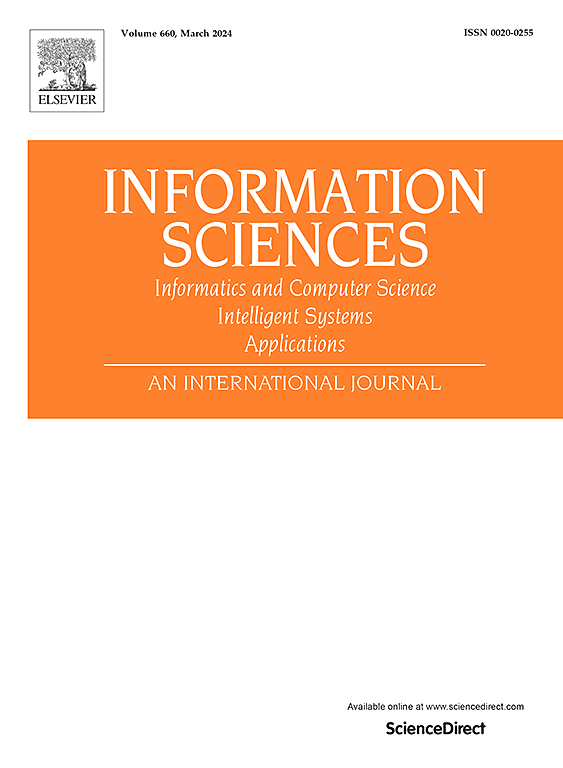An inverse graph model for conflict resolution under opinion dynamics with minimum cost
IF 6.8
1区 计算机科学
0 COMPUTER SCIENCE, INFORMATION SYSTEMS
引用次数: 0
Abstract
Existing inverse graph model for conflict resolution (GMCR) primarily focuses on identifying opinions that can make the desired state an equilibrium, while overlooking the opinion dynamics among conflicting members and the transition costs involved in shifting from the current opinions to those that establish the desired equilibrium state. Accordingly, this study proposes an inverse GMCR with minimum cost in the framework of the social network DeGroot (SNDG) model. Recognizing the pivotal influence of leaders’ initial opinions and self-confidence levels on the formation of consensus under the SNDG model, this study introduces two inverse graph models. The first model aims to minimize the adjustment of leaders’ initial opinions, while the second seeks to minimize changes in their self-confidence levels. Both models incorporate bounded confidence constraints, capturing the limited extent to which leaders are willing to modify their initial opinions or self-confidence levels. Additionally, the models are designed to allow conflicting members to adopt conflict behaviors that best align with their individual circumstances. Finally, the practical application of the proposed method is demonstrated through the Elmira groundwater contamination conflict, accompanied by sensitivity and comparative analysis to validate its effectiveness and superiority.
意见动态下最小成本冲突解决的逆图模型
现有的冲突解决逆图模型(GMCR)主要侧重于识别能够使期望状态成为均衡状态的意见,而忽略了冲突成员之间的意见动态以及从当前意见转变为建立期望均衡状态所涉及的转换成本。因此,本研究在社交网络DeGroot (SNDG)模型框架下提出了一个成本最小的逆GMCR。认识到在SNDG模型下领导者的初始意见和自信水平对共识形成的关键影响,本研究引入了两个逆图模型。第一个模型的目标是最小化领导者最初意见的调整,而第二个模型的目标是最小化领导者自信水平的变化。这两个模型都包含有限信心约束,捕捉到领导者愿意改变他们最初的观点或自信水平的有限程度。此外,这些模型被设计成允许冲突的成员采取最符合他们个人情况的冲突行为。最后,通过Elmira地下水污染冲突的实例验证了所提方法的实际应用,并进行了敏感性分析和对比分析,验证了所提方法的有效性和优越性。
本文章由计算机程序翻译,如有差异,请以英文原文为准。
求助全文
约1分钟内获得全文
求助全文
来源期刊

Information Sciences
工程技术-计算机:信息系统
CiteScore
14.00
自引率
17.30%
发文量
1322
审稿时长
10.4 months
期刊介绍:
Informatics and Computer Science Intelligent Systems Applications is an esteemed international journal that focuses on publishing original and creative research findings in the field of information sciences. We also feature a limited number of timely tutorial and surveying contributions.
Our journal aims to cater to a diverse audience, including researchers, developers, managers, strategic planners, graduate students, and anyone interested in staying up-to-date with cutting-edge research in information science, knowledge engineering, and intelligent systems. While readers are expected to share a common interest in information science, they come from varying backgrounds such as engineering, mathematics, statistics, physics, computer science, cell biology, molecular biology, management science, cognitive science, neurobiology, behavioral sciences, and biochemistry.
 求助内容:
求助内容: 应助结果提醒方式:
应助结果提醒方式:


